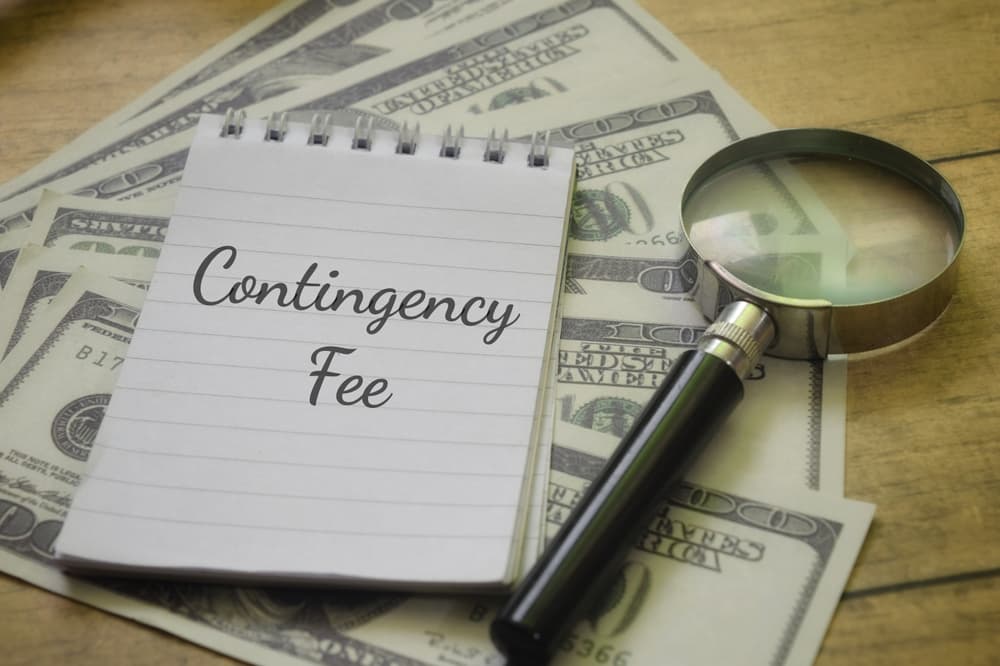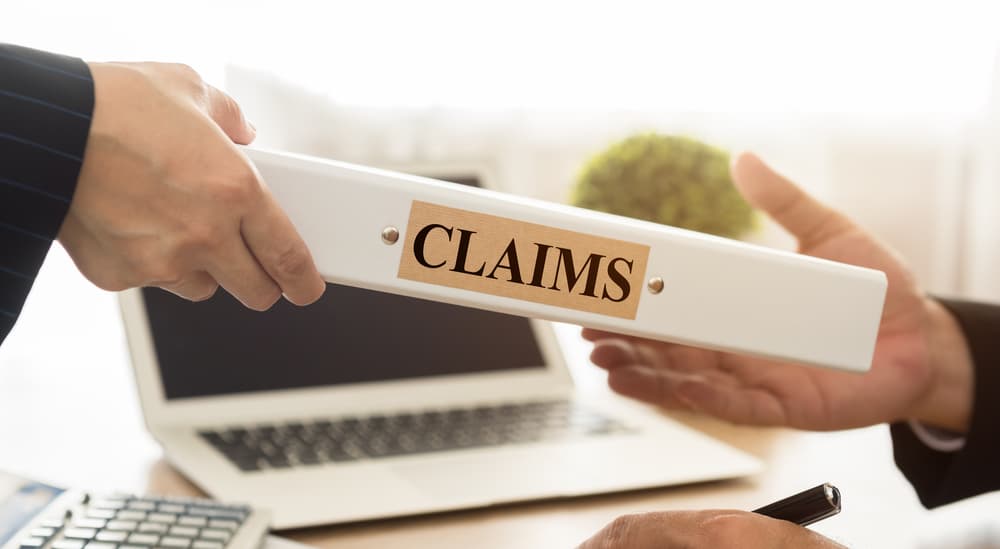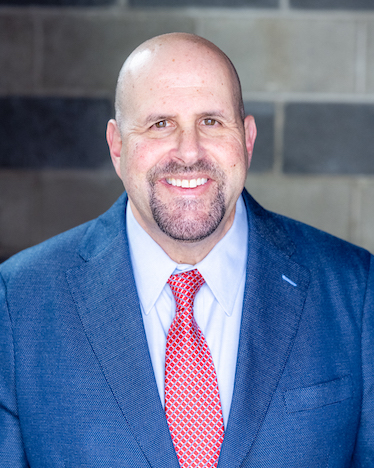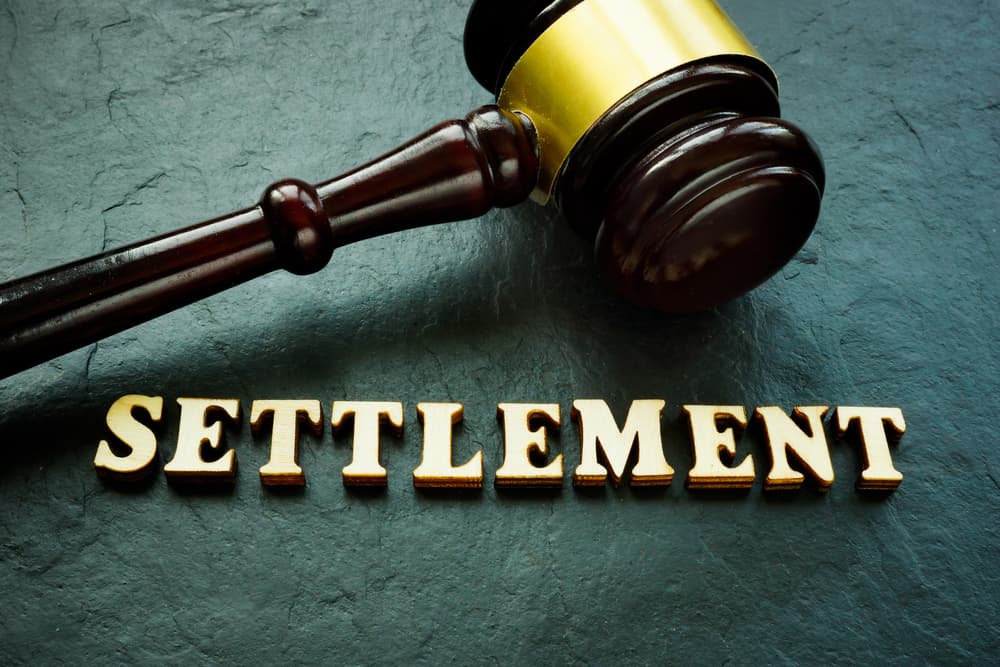When motorists, premises owners, and others behave negligently and irresponsibly, accidents that lead to physical injuries and damages may happen. In that situation, accident victims must retain a qualified personal injury attorney who can handle every step of the process.
In most cases, personal injury lawyers operate on a contingency fee basis, meaning they will not accept a fee unless they recover compensation for their client through a settlement offer or litigation result. When that happens, the attorney's fee is a portion of the accident victim's gross financial recovery.
Under most contingency fee agreements, a lawyer will charge a higher percentage if the case proceeds to litigation instead of resolving via settlement out of court. A knowledgeable personal injury attorney can answer all your questions regarding their contingency fee agreement and begin handling the legal components of your case.
Occurrences That Frequently Result from Others' Negligence

Negligence by others can lead to a variety of common occurrences that adversely affect individuals. One common consequence is personal injury incidents, ranging from slip-and-fall accidents to car collisions. Inadequate maintenance of premises, reckless driving, or distracted behaviors often contribute to these unfortunate events.
Negligence in the workplace can also lead to serious accidents, causing injuries or even fatalities, often due to vehicle accidents or third-party contractors acting carelessly on jobsites.
Negligence in the context of traffic violations can result in various legal consequences. Reckless driving, running red lights, or driving under the influence of alcohol or drugs can lead to traffic accidents, injuries, and even fatalities. Pedestrians and cyclists may also suffer harm due to drivers' negligence, whether speeding, failure to yield, or distracted driving.
- Negligence in the context of premises liability goes beyond slip and fall accidents, encompassing situations where property owners fail to address hazardous conditions. Inadequate security measures leading to criminal activities on the premises may also amount to negligence.
Others' negligence can manifest in different scenarios, affecting individuals physically, emotionally, and financially. If you suffered injuries resulting from another person's negligent behavior, an experienced personal injury lawyer can handle every step of the legal process for you and pursue the full financial compensation you deserve.
Injuries and Medical Complications Resulting from Others' Negligence
Incidents resulting from someone else's negligence often lead to various injuries that require diverse medical treatments. In motor vehicle accidents, individuals may suffer whiplash, a common neck injury that sudden acceleration or deceleration can cause. Broken bones, ranging from fractures to more severe compound fractures, are also prevalent, often requiring surgical intervention for proper healing. Soft tissue injuries, such as sprains and strains, can afflict accident victims, necessitating physical therapy for rehabilitation.
Traumatic brain injuries (TBIs) can occur in severe accidents, affecting cognitive functions. Victims may require extensive medical attention, including neuroimaging, rehabilitation, and ongoing neurological care. Spinal cord injuries are another critical consequence, potentially leading to paralysis or lifelong impairments. Treatments may involve surgery, rehabilitation, and assistive devices to enhance quality of life.
Burn injuries, often resulting from car accidents or unsafe premises, demand specialized medical care. Victims may require skin grafts, reconstructive surgery, and prolonged wound care. Severe burns can lead to long-term physical and emotional challenges.
Internal injuries, such as organ damage or internal bleeding, are not always immediately apparent but can have serious consequences. Diagnostic imaging, surgeries, and close medical monitoring may be necessary to address these injuries effectively.
Psychological trauma is another dimension of harm. Post-traumatic stress disorder (PTSD) can manifest after accidents, affecting mental well-being. Victims may need counseling, therapy, or psychiatric care to cope with the emotional aftermath of the incident.
In addition to the injuries, accident victims often undergo various medical treatments. Emergency medical care is critical, addressing immediate life-threatening conditions. Follow-up treatments may involve orthopedic care for bone injuries, physical therapy for rehabilitation, and pain management for lasting discomfort.
Specialized care from neurologists or neurosurgeons becomes crucial for traumatic brain injuries and spinal cord injuries. Burn victims require treatment from burn specialists, including plastic surgeons. Internal injuries may involve consultations with internal medicine specialists or surgeons.
The financial burden of medical treatments is another significant concern for accident victims. Ongoing medical expenses, rehabilitation costs, and potential long-term care contribute to the overall effects. Seeking compensation through legal avenues is often essential for accident victims to cover these medical costs and address the broader consequences of their injuries.
Legal Elements of a Personal Injury Case
Establishing several essential elements in a personal injury case is crucial to demonstrate liability and actively seek compensation. These include duty, breach of duty, causation, and damages.
- Duty — The first element is a duty, referring to the legal obligation one party has to exercise reasonable care to prevent harm to others. This duty varies based on the situation's context, such as a driver's duty to drive safely.
- Breach of Duty — Breach of duty represents the second element, indicating that the at-fault party failed to meet their legal obligation. This breach can result from actions such as negligence, recklessness, or intentional misconduct. It involves demonstrating that the responsible party did not fulfill their duty of care.
- Causation — The third element requires establishing a direct link between the at-fault party's (the defendant's) breach of duty and the injuries the victim (plaintiff) suffered. Proximate causation, often known as legal cause, emphasizes that the defendant's actions were a substantial factor in causing the harm. It seeks to demonstrate that, but for the defendant's breach, the plaintiff's injuries might not have occurred.
- Damages — The final element is damages, reflecting the losses and harm the plaintiff suffered due to the defendant's breach of duty. Damages can include economic losses, such as medical expenses and lost income, as well as non-economic losses, like pain and suffering, emotional distress, and diminished quality of life. Quantifying damages is crucial when determining compensation in a personal injury claim or lawsuit.
Collecting evidence is paramount to strengthening a personal injury case. This may involve obtaining medical records, eyewitness statements, photographs of the incident, and professional opinions. Professional testimony may be particularly influential in establishing the link between the defendant's actions and the resulting injuries.
Effective communication of how the defendant breached their duty, the direct consequences of this breach, and the resulting damages are essential throughout the legal process. Building a compelling narrative helps the court understand the sequence of events and supports the plaintiff's claim for compensation.
The duty, breach, causation, and damage elements are fundamental in a personal injury case. Establishing each element is crucial for demonstrating the defendant's liability and securing compensation for the plaintiff's harm. An experienced personal injury lawyer can gather the evidence necessary to prove these legal elements and establish your burden of proof in a personal injury claim or lawsuit.
Litigation Options in a Personal Injury Case
In a personal injury case, individuals have various legal options to pursue resolution, each with its implications and processes. One common avenue is settlement, where parties negotiate an agreement outside the court. Both the plaintiff and defendant, often with the guidance of their attorneys, work towards a mutually acceptable resolution. Settlements can offer a quicker resolution, avoiding the time and expense of a trial, but it requires both parties to agree on the terms.
Another option is a jury trial, where attorneys present the case before a jury that decides the verdict based on the evidence and legal arguments. This formal court process involves selecting a jury, presenting evidence, cross-examining witnesses, and concluding with closing arguments. The jury's decision is binding and determines whether the defendant is liable for the plaintiff's injuries and the amount of compensation awarded.
Alternative dispute resolution (ADR) methods are another option in personal injury cases. One such method is binding arbitration, where a neutral arbitrator – agreed upon by both parties – reviews the evidence and makes a final, binding decision. While less formal than a trial, binding arbitration provides a resolution both parties must accept.
Mediation is another ADR option involving a neutral mediator facilitating communication between the parties to reach a voluntary agreement. Unlike arbitration, mediation's outcome is not binding unless both parties agree to the terms. Mediation encourages open dialogue and allows for creative solutions that may not be available in a trial setting.
Even without formal mediation or settlement discussions, negotiation is a continuous process throughout a personal injury case. Attorneys for both sides engage in negotiations to explore potential resolutions. Skilled negotiation can lead to favorable settlements, addressing the interests and concerns of both parties.
The choice among these legal options depends upon various factors, including the case's complexity, the parties' willingness to negotiate, and the desire for a formal court decision. Settlements and ADR methods often offer a more efficient and flexible approach, promoting collaboration between the parties. However, if the parties do not reach an amicable resolution, pursuing a jury trial remains a viable and formal process for resolving personal injury disputes.
The decision about the legal options to pursue requires careful consideration of the specific circumstances surrounding the case, the parties' preferences, and the guidance of an experienced personal injury attorney.
Potential Damages in a Personal Injury Claim or Lawsuit

In a personal injury claim or lawsuit, the potential damages for an accident victim are multifaceted, encompassing various aspects to ensure fair and reasonable compensation.
- Establishing several essential elements in a personal injury case is crucial to demonstrate liability and actively seek compensation. First, financial compensation for lost earnings serves as a crucial component. Victims may seek reimbursement for income lost due to the inability to work during recovery, helping to restore their financial stability.
- Property damage is another important component in the assessment of damages. Compensation for repairing or replacing damaged property, such as vehicles, is essential to restoring the victim's material well-being and addressing the tangible losses they incurred.
- Damages also encompass past and anticipated medical costs. Victims are eligible to recover costs associated with medical treatments, surgeries, therapies, and ongoing healthcare needs. This financial compensation aims to eliminate the burden of medical bills and facilitate the victim's recovery.
- Compensation for loss of use of a body part recognizes the tangible consequences on an accident victim's daily life and activities. This extends beyond medical expenses, addressing the practical challenges and adjustments the injury necessitated.
- Loss of life enjoyment is a non-economic aspect of damages related to intangible effects on the victim's overall quality of life. Seeking compensation for this loss acknowledges the emotional and psychological toll of the accident, aiming to restore a sense of normalcy to the victim's life.
- Loss of consortium, on the other hand, relates to damages that the victim's spouse or family experienced due to a lack of intimacy (or companionship) stemming from the injuries. This element acknowledges the emotional and relational impact on the victim's loved ones, seeking compensation for the strain on family relationships and the loss of the intangible aspects of companionship that may result from the injuries.
- Inconvenience acknowledges the disruptions that the victim experiences in their life, including alterations to daily routines, transportation challenges, and lifestyle adjustments.
- Finally, compensation for past and future pain and suffering is a central consideration. This monetary award recognizes the physical and emotional anguish resulting from the accident, aiming to provide comfort and acknowledgment for the various hardships that the victim endured.
The available damages in a personal injury claim or lawsuit address the accident victim's tangible losses and the intangible consequences on their life. An experienced personal injury attorney can highlight the strengths of your case, downplay weaknesses, and pursue the maximum compensation available to you in your case.
Contact a Personal Injury Lawyer in Your Area Right Away
If you sustained injuries in an occurrence that happened because of someone else's negligence, you should consult with a skilled personal injury lawyer as soon as possible. A lawyer can review your legal options and pursue the compensation you deserve. Your attorney can swiftly file a claim or lawsuit, negotiate with insurance companies, and represent you at all legal proceedings to pursue the necessary financial recovery.



